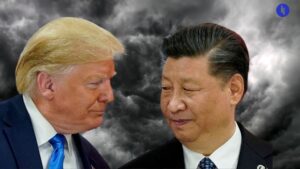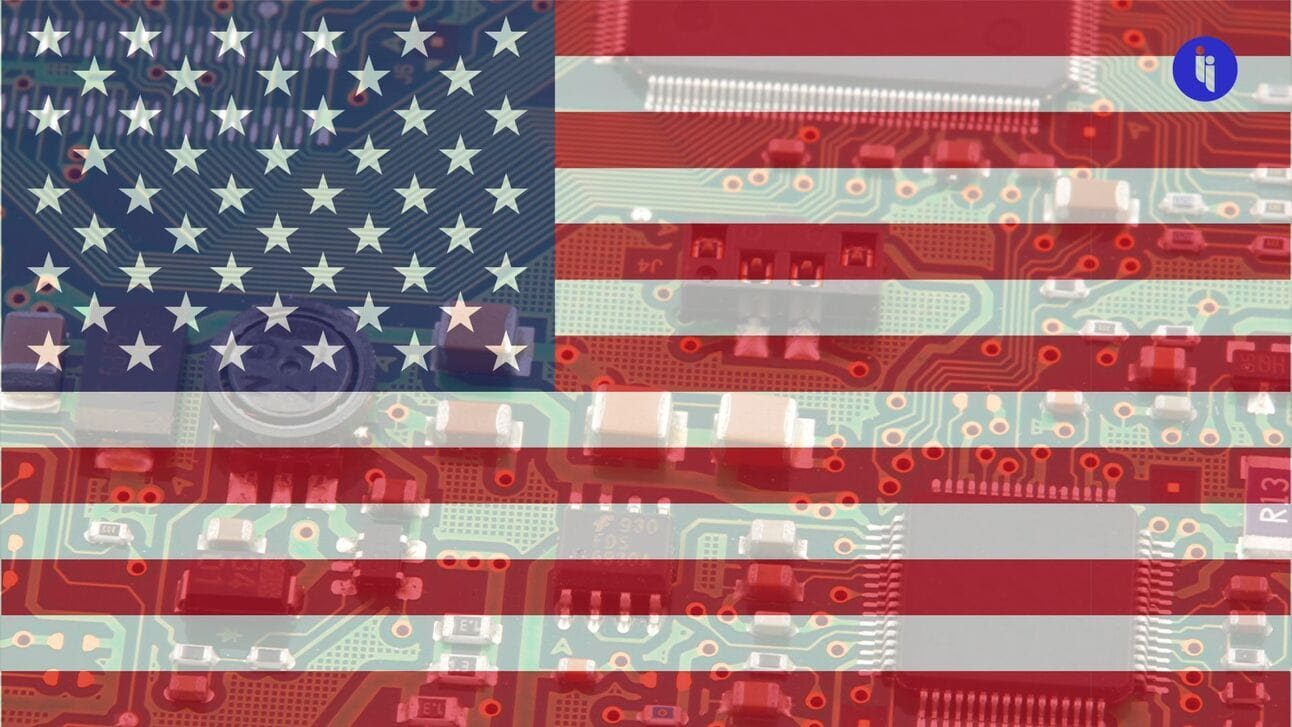Just when you think Joe Biden is wrapping things up, he announces updated export controls on AI chips that’ve sent US tech giants into a tizzy.
Let’s dive in.
The new rules, sexily named the Regulatory Framework for the Responsible Diffusion of Advanced Artificial Intelligence Technology 💘, divide countries into three categories:
Stay on top of your world from inside your inbox.
Subscribe for free today and receive way much more insights.
Trusted by 134,000+ subscribers
No spam. No noise. Unsubscribe any time.
- “Close allies and partners” include 18 absolute US besties like the UK, Australia, and France (plus Taiwan) who are “aligned with the national security and foreign policy interests of the United States.”
- The 22 “countries of concern” include those you’d expect (China, Russia, Iran, etc), but to underline just how much the US is now linking AI and security, the White House specifically cites them as “arms-embargoed” countries — these powers are all banned from getting advanced US chips.
- And then there’s everyone else, who’ll now face limits on their access to and use of top US chips — interestingly, this ‘other’ group includes more than half the EU (eg, Poland), and various other US allies like Israel.
So it’s business-as-usual for some friends, and no-business-as-usual for foes. The biggest change is therefore for ‘everyone else’ — the ~150 countries now facing new US rules:
- Unless you’re in a country of concern, you can still buy chips totalling ~1,700 advanced GPUs without a permit (more than enough for most routine usage).
- Firms in that vast ‘other’ middle-ground can apply for ‘National Verified End User’ status, which allows them up to 320,000 GPUs over the next two years.
- Otherwise, there’s a cap of 50,000 advanced GPUs per country (for context, there are individual data centres bigger than that).
So why do all this?
According to the White House, it’s “essential that we do not offshore this critical technology and that the world’s AI runs on American rails”. To put it another way, as AI shapes more sectors in more profound ways (including across intelligence and defence), the US wants to avoid US tech benefiting US rivals.
And it’s not just about controlling foreign access, but also spreading US standards and boosting US visibility. These new rules have incentives for countries and companies to get on board, enabling the US to see who’s using what chips, where, and how. The idea is to close loopholes that’ve enabled China to maintain limited access to top US chips so far.
But regular Intriguers will recall we foreshadowed just last month that, with US chipmakers still making billions selling trailing-edge chips in China, tighter US rules risk more pushback from US industry. And surprise surprise, US chipmakers are not happy:
- Oracle’s executive vice president, for example, argues this new framework will “disrupt U.S. leadership in cloud, chips, and AI” and will “hand […] most of the global AI and GPU market to our Chinese competitors”, while…
- Nvidia’s own VP argues that “while cloaked in the guise of an ‘anti-China’ measure, these rules would do nothing to enhance U.S. security” but “only weaken America’s global competitiveness”.
They’re also peeved about the general lack of consultation, last-minute timing, plus the wide and seemingly retroactive scope.
Interestingly, however, it seems Nvidia can still sell its slower chips in China, where it’s making a cool $5B per quarter. So why the pushback? While China is Nvidia’s #2 national market, most of Nvidia’s global revenue comes from the vast data centres that power the current AI boom. And much of that revenue now falls in this new ‘other’ category above, bringing new rules and procedures.
Anyway, the tech companies aren’t alone — China isn’t happy either, of course, but neither is the EU, with only ten of the bloc’s 27 members in that sweet sweet “close ally” category above.
So, what’s next?
Part of that question is easy to answer: critics now have 120 days to submit their comments and suggested changes.
But the other part of the question is trickier — in five days, there’ll be a new US president who’ll have the option to change course. And that’s exactly what Nvidia, Oracle, the EU, China, and others are now openly urging Trump to do.
So we can add this to the long list of issues that’ll force Trump 2.0 into a tough choice, in this case between either a) getting tough on China, or b) being US business-friendly.
Maybe ChatGPT could help with this query.
INTRIGUE’S TAKE
Basically, critics argue these new rules will just push the world into China’s arms, while Biden says these rules will do the opposite, prying countries out of China’s arms if they still want access to the best chips. So it’s really about US leverage, which rests on US chip dominance, which largely rests on Nvidia, which is getting increasingly unhappy.
It’s unclear how long that dominance can last, but Nvidia’s chips still way outperform China’s best offering, and these rules basically aim to preserve and extend that lead. And in an exponential frontier tech like AI, even a small lead is enough to shape the future.
Also worth noting:
- Biden’s new rules also regulate certain advanced ‘model weights’, which basically control how AI models generate and improve responses.
- Nvidia chief Jensen Huang is set to visit both China (where Nvidia is now under anti-trust investigation) and Taiwan this week.
- The other part of Biden’s strategy has been to revive US chip manufacturing (mostly now handled in Taiwan). Interestingly, the outgoing US commerce secretary just claimed that TSMC is now producing ultra-advanced 4nm chips at scale in Arizona, seemingly proving the sceptics wrong.







